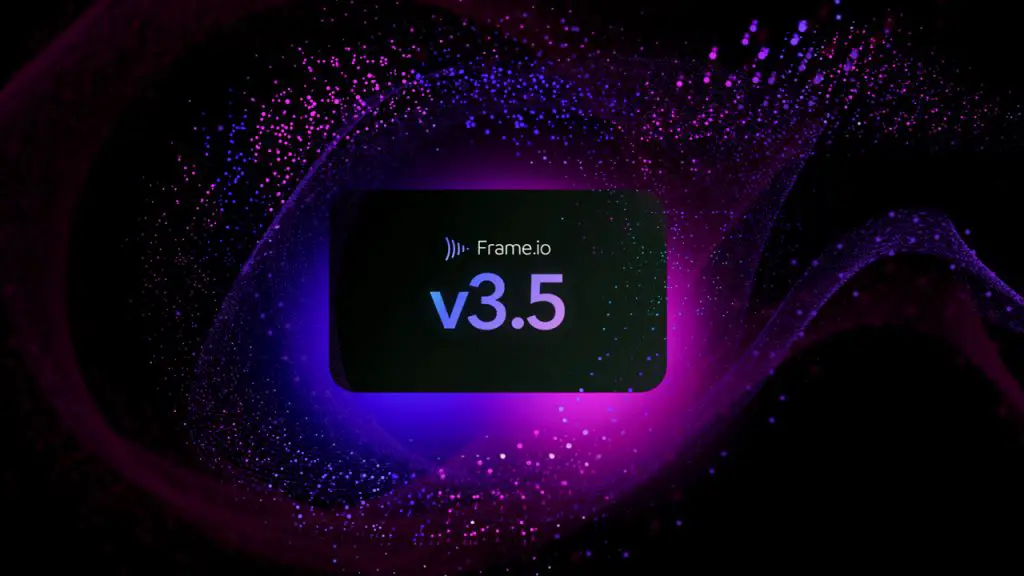

If I stop that, and we'll go ahead and switch this to 540p, and the standard render, and we'll render again, and you can see her now that it's a standard 540p, so that is another way that we can use CV-Tokens in order to include various aspects of the render information in the filename path.
POSTING DAILIES FRAMEIO 1080P
So if we go ahead and render now, you'll see that our filename is based on the project name, Physical 1080p and the current frame number. I'm also using the cvHeight token which will pull the current output height, and that's nice, because I can put a p after that and I can get 540p, 720p, 1080p etc. Finally, I want to show you some of the render information that you can store in the file name based on CV-Tokens, and for this I'm again putting all of my files in a render subfolder relative to the current project, and I'm going to use the project filename itself, but I'm also going to append the cvRenderer token, which allows me to pull which render is currently being used here in the upper left-hand corner, and this includes plug-in renderers as well. So now if we render with this path, you'll see that we had the exact current time in this file, and if we stop and render again, we've got another unique filename based on the exact current time, which happens to be nine seconds later. Well, one way to do this is to use the date, time tokens in order to build out a path that includes all the way down to the seconds, because pretty much any Cinema 4D renter is going to take at least a second or at least it's going to take you more than a second to click the render button again. Another great use of the time variables is in order to always render a unique filename so if perhaps you don't want to always increment your project name so that that's unique, what you might want to do is continue to build renders, but make sure that they are all saved with the unique name. There we had the path that we just looked at with my name, my computer name and the project name.

So when we render based on this token set, what you're going to see is that we had the author, the name of the computer which happens to be Silverfish, and the project name, and if we stop this really quick and jump into the actual folder, you'll see that we now have a dailies folder, and under there we have the current date. So that way with this daily, I will always know what date it was created, who the author was, and which computer rendered it, as well as the exact project file that it came from. There's also the cvComputer token, which will pull the name of the computer is stored in the OS, and then finally I'm appending the actual project filename.

If you'd rather use the OS username, there's a token for that as well. The first is cvAuthor, which actually pulls the author name that's specified in the Project Info section. And then I'm actually building the filename itself based on a few of the other tokens that are available. So here I have built a dailies path that puts all of my dailies in a subfolder relative to my current project named dailies, and I'm building another subfolder within that folder for the current date using the four digit date, the month, and the current day. Probably the most valuable tokens are those for the date, the day, hour, minute, month, second year as two digits and year as four digits, and one of the main ways that I use these variables is in building a dailies path. If we open the Render Settings, you'll see that once CV-Tokens is installed, you'll get additional variables here in the tokens dropdown, and I'm going to show you a few of the ways that I use these additional tokens in my daily workflow. CV-Tokens is a plug-in for Cinema 4D that extends the token system introduced with release 17 to add additional variables that you can include in your render file names.


 0 kommentar(er)
0 kommentar(er)
